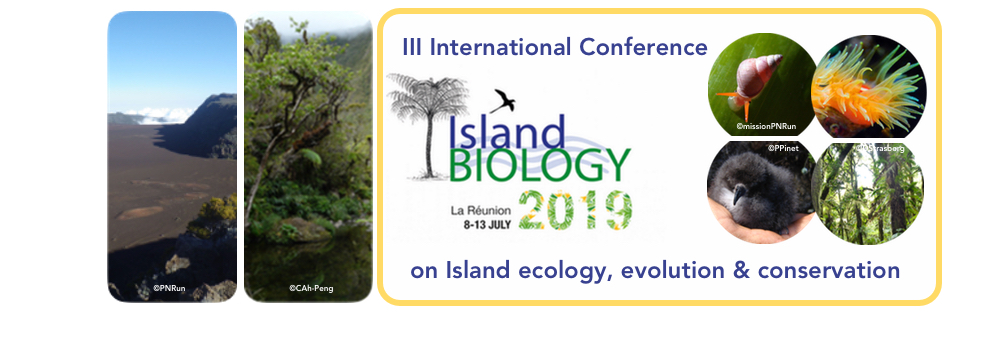Isolated coral reef islands in the Western Indian Ocean (WIO) collect marine debris from distant sources. We traced plastics and other items found on Agalega and St. Brandon's to have originated in Southeast Asia and the Arabian Sea. Analyses of the plastics revealed appreciable concentrations of persistent organic pollutants (POPs) and mercury. We have also found plastics in nests of Brown Noddies and Sooty Terns. However, it does not seem as if these pollutants actually transfer into marine bird eggs. Tern eggs from Rodrigues for instance, contain some of the lowest POP concentrations anywhere in the world. On the other hand, some of the corals from St. Brandon's contain higher concentrations of some metals than corals from elsewhere in the Indian Ocean. The ecotoxicology of WIO islands remains understudied. Interactions of biota with climate change, ocean acidification, and a probable increase in pollutant and plastics releases, may pose a significant threat to coral reef islands.

|
|
|
|
Isolated Indian Ocean islands: little POPs, some heavy metals, and much plastics
1 : North-West University [Potchefstroom]
(NWU)
Potchefstroom Campus, Private Bag X6001, Potchefstroom 2520 -
South Africa
2 : Linköping University
(LIU)
SE-581 83 Linköping -
Sweden
3 : North-West University
(NWU)
Hoffman str -
South Africa
4 : Durrell Wildlife Conservation Trust
Les Augrès Manor, Trinity, Jersey -
United Kingdom
5 : Mauritian Wildlife Foundation
Vacoas -
Mauritius
6 : Norwegian University of Life Sciences
(NMBU)
Oslo -
Norway
7 : University of Mauritius
(UoM)
* : Corresponding author
Reduit 80837Mauritius -
Mauritius
|
| Online user: 39 | RSS Feed |

|
 PDF version
PDF version